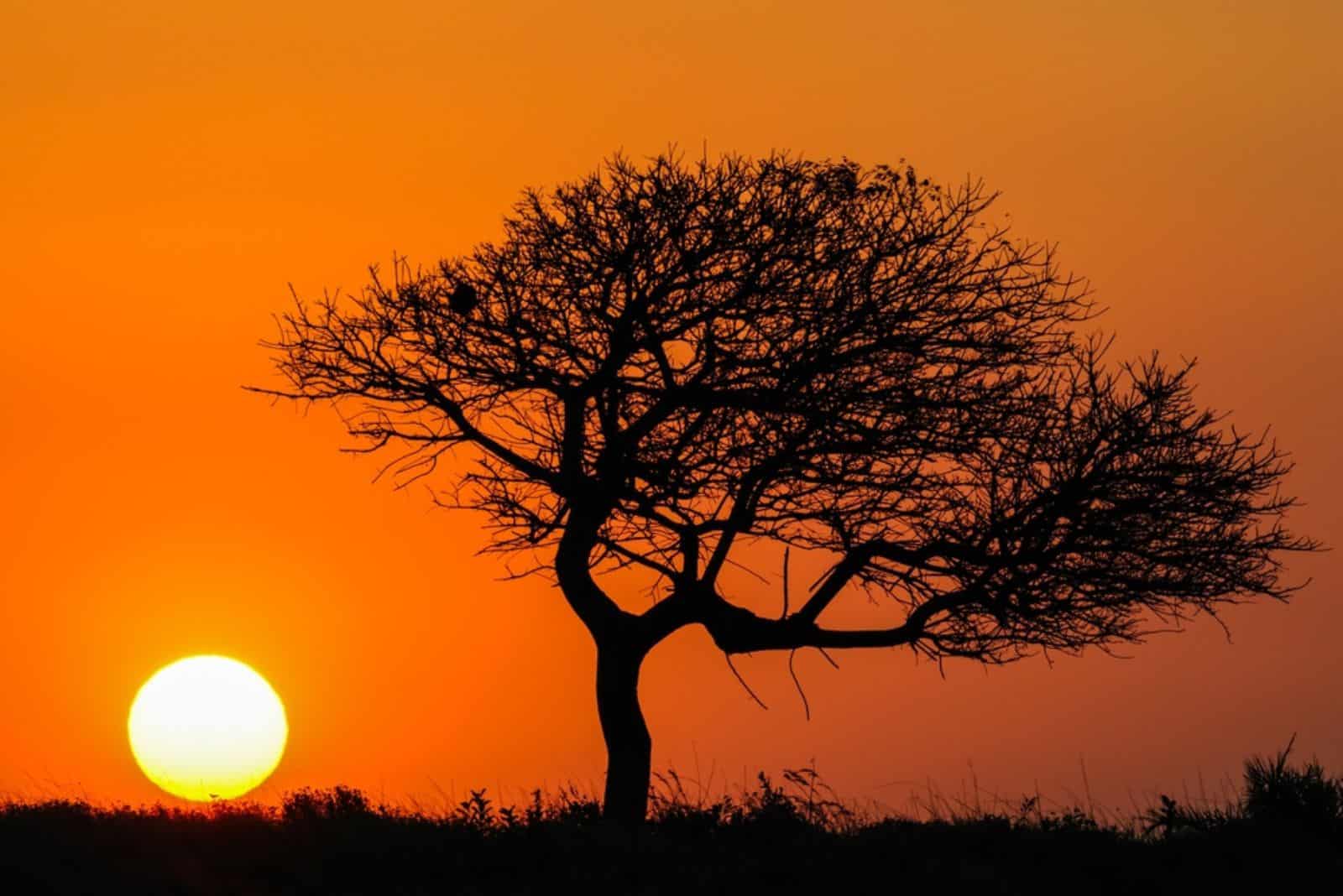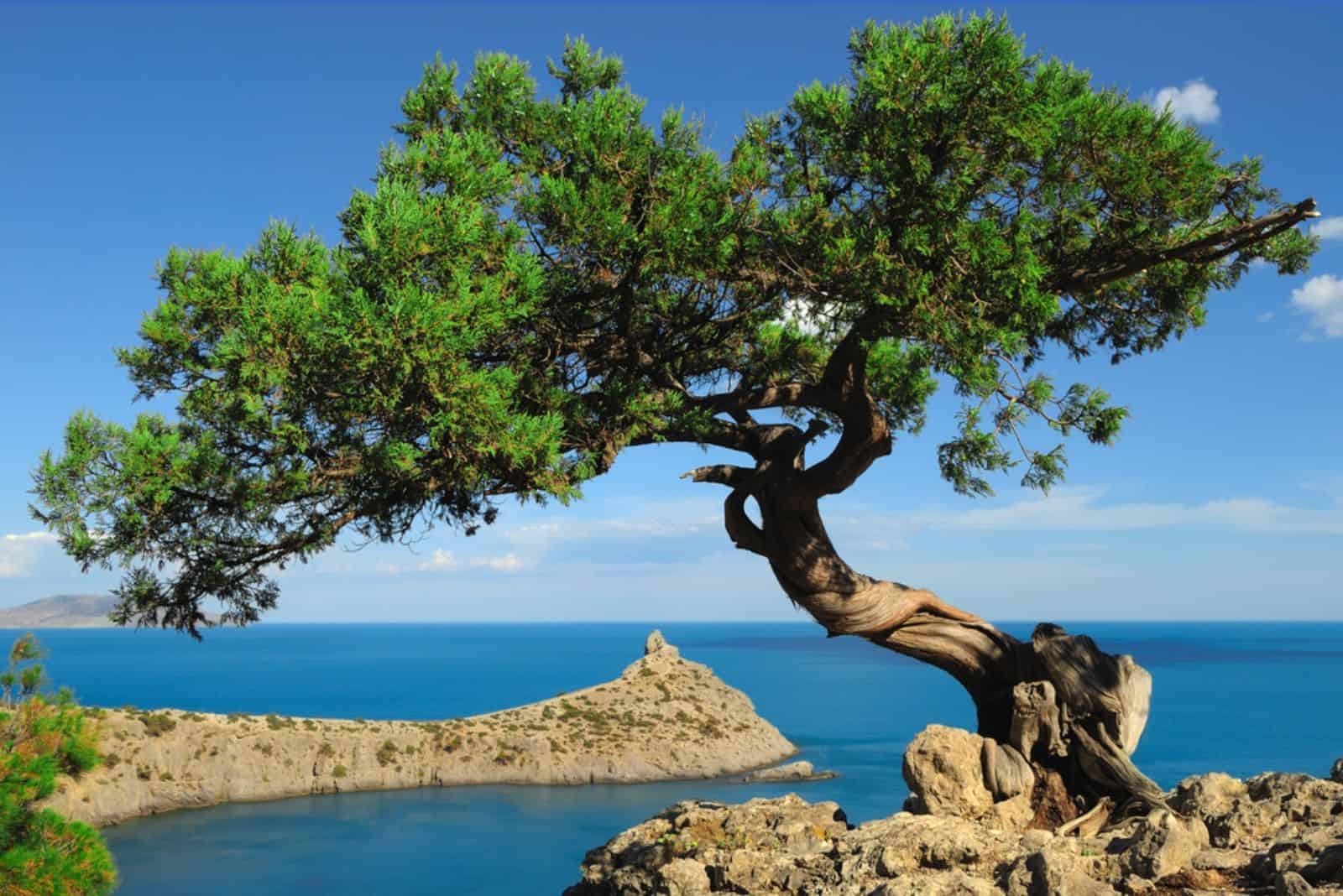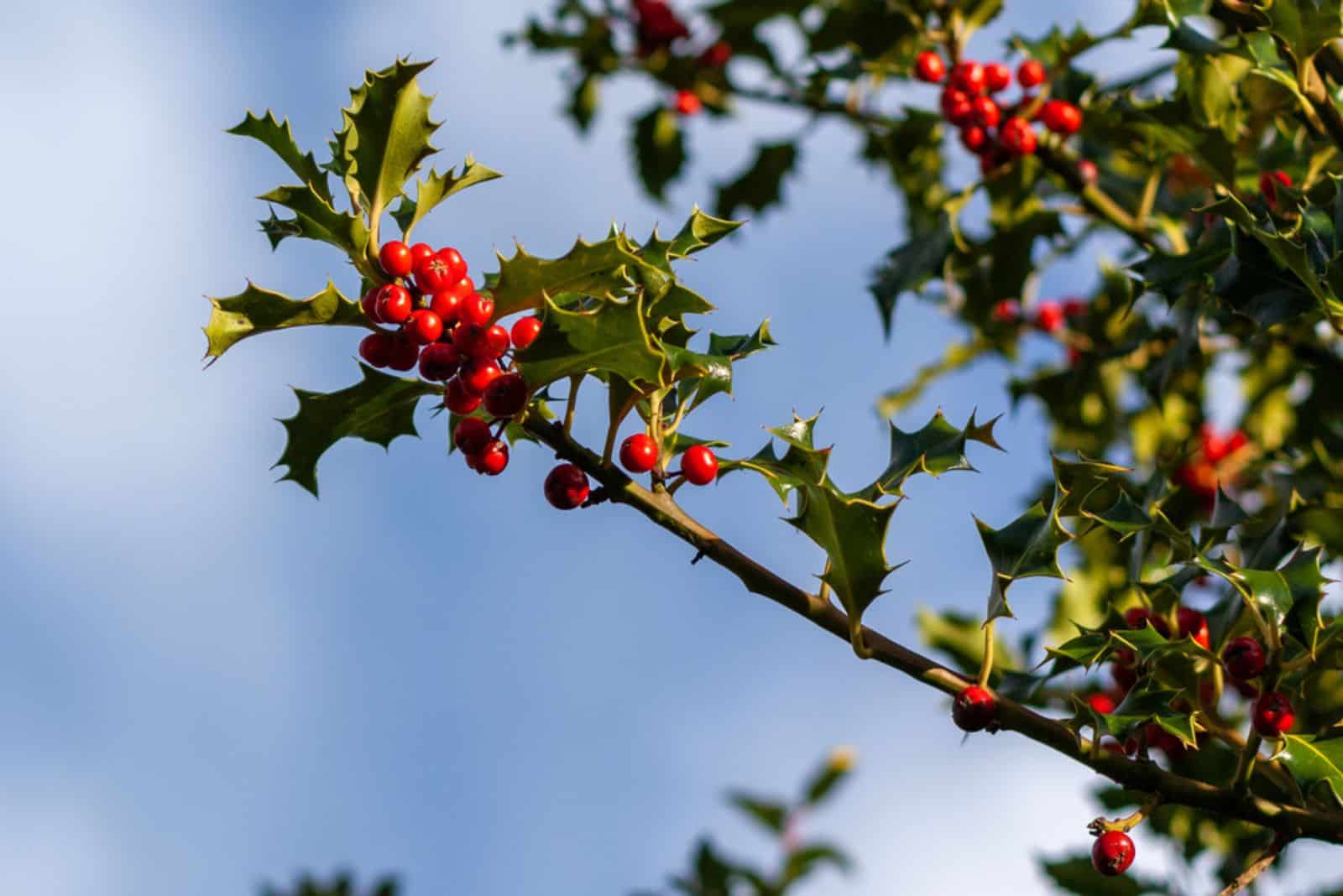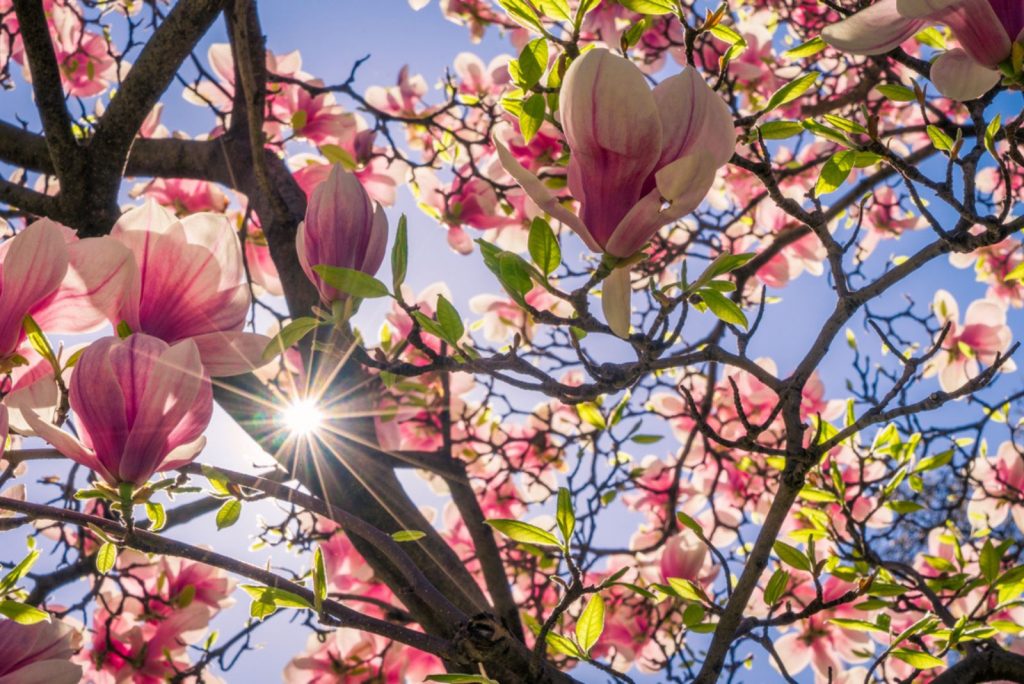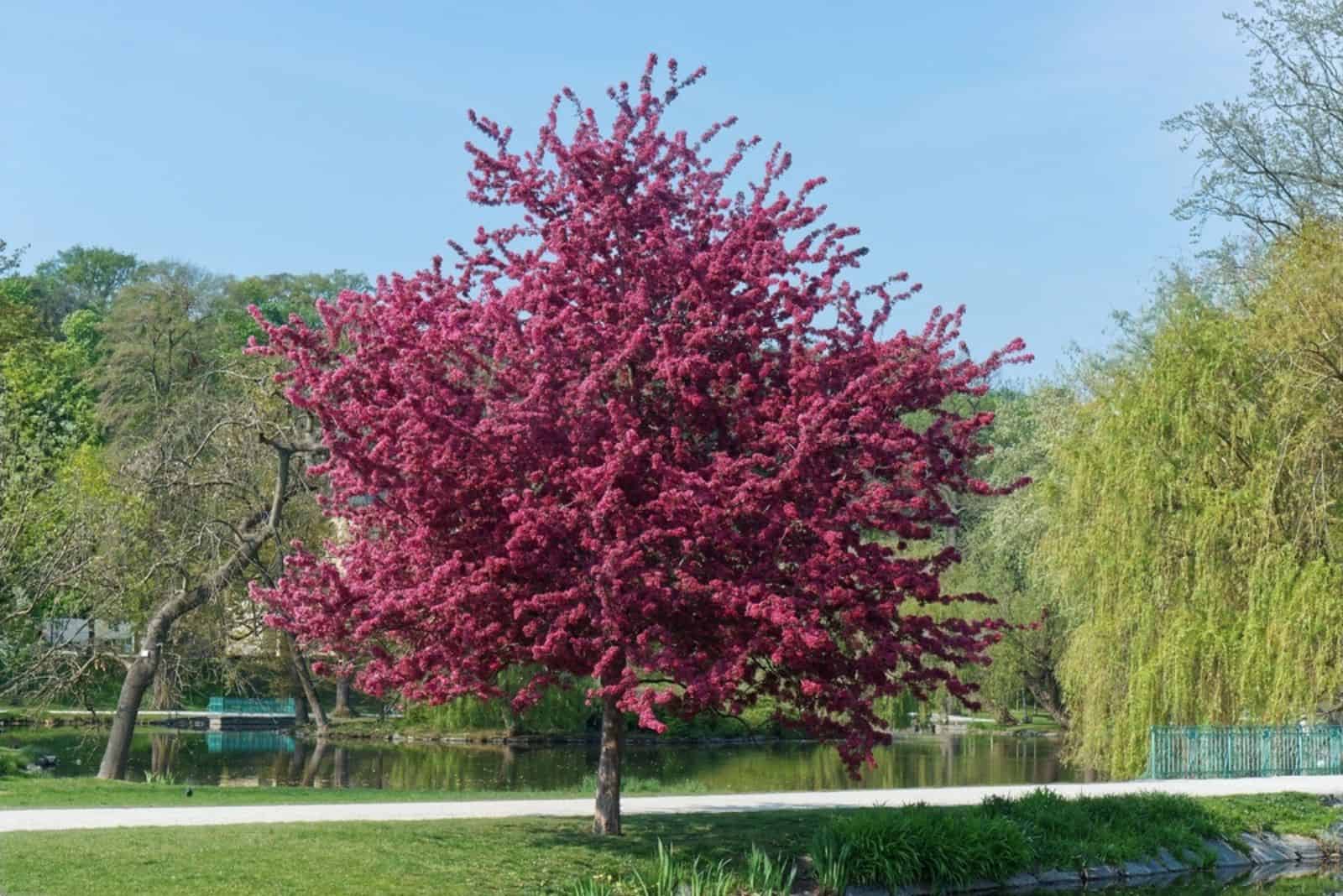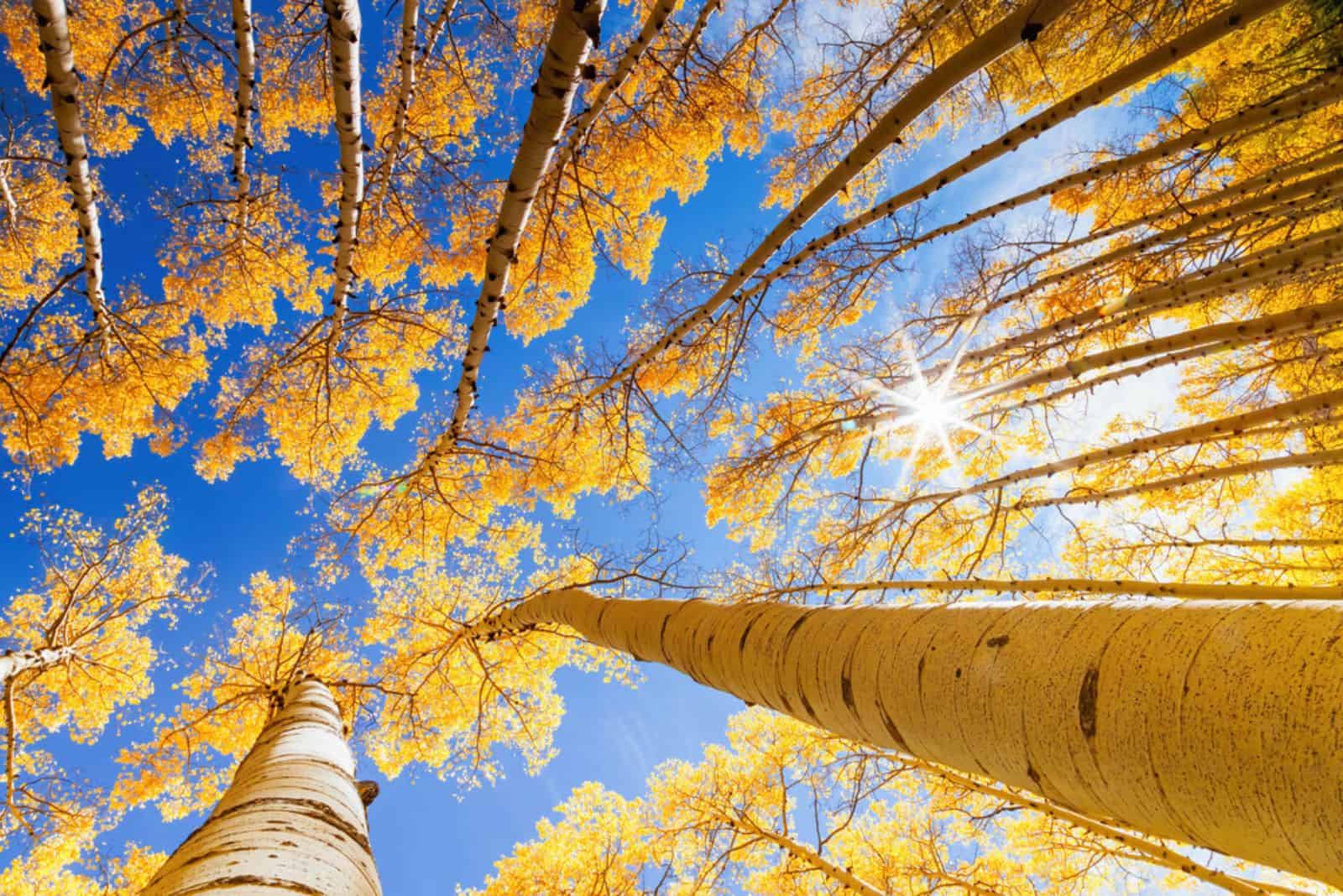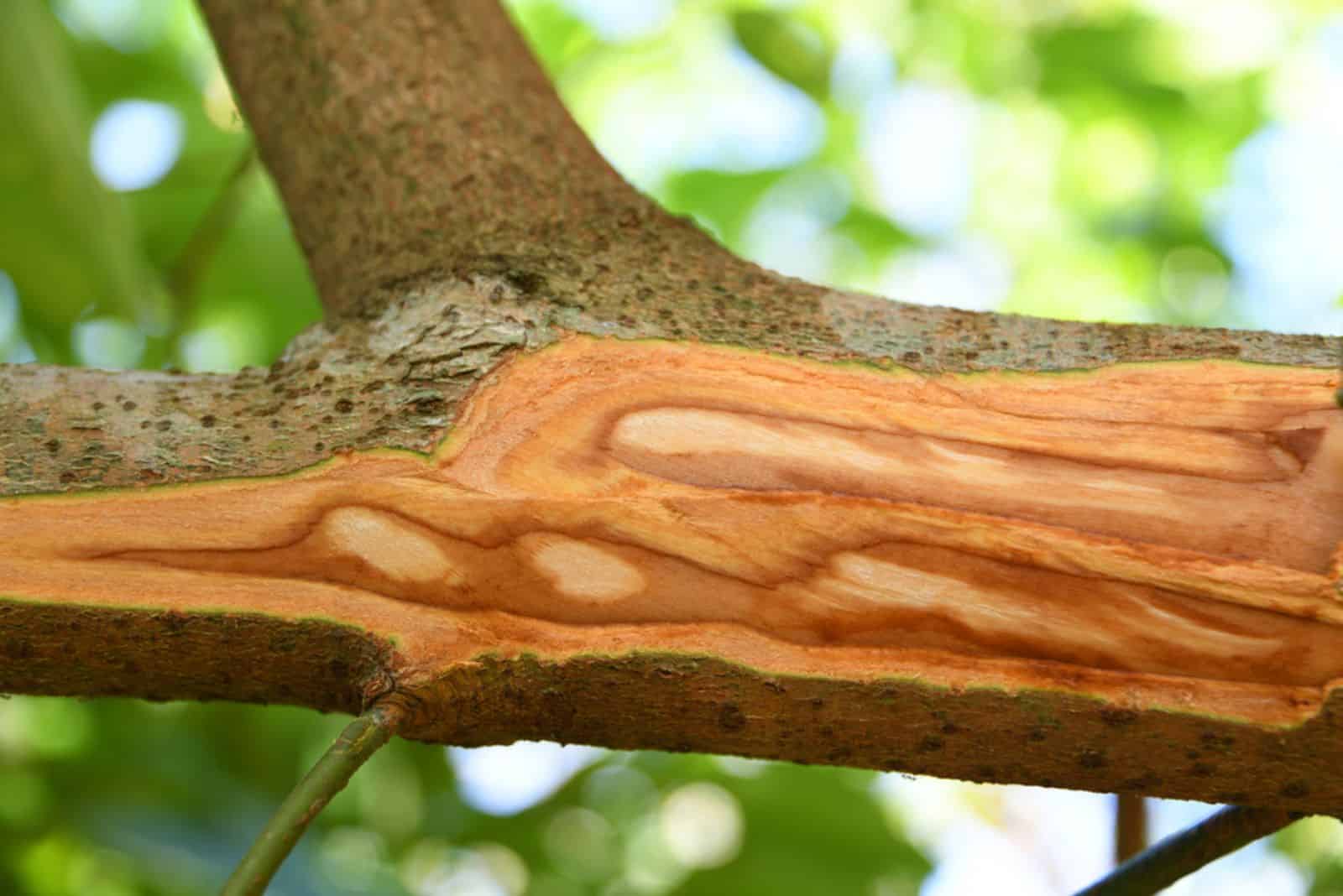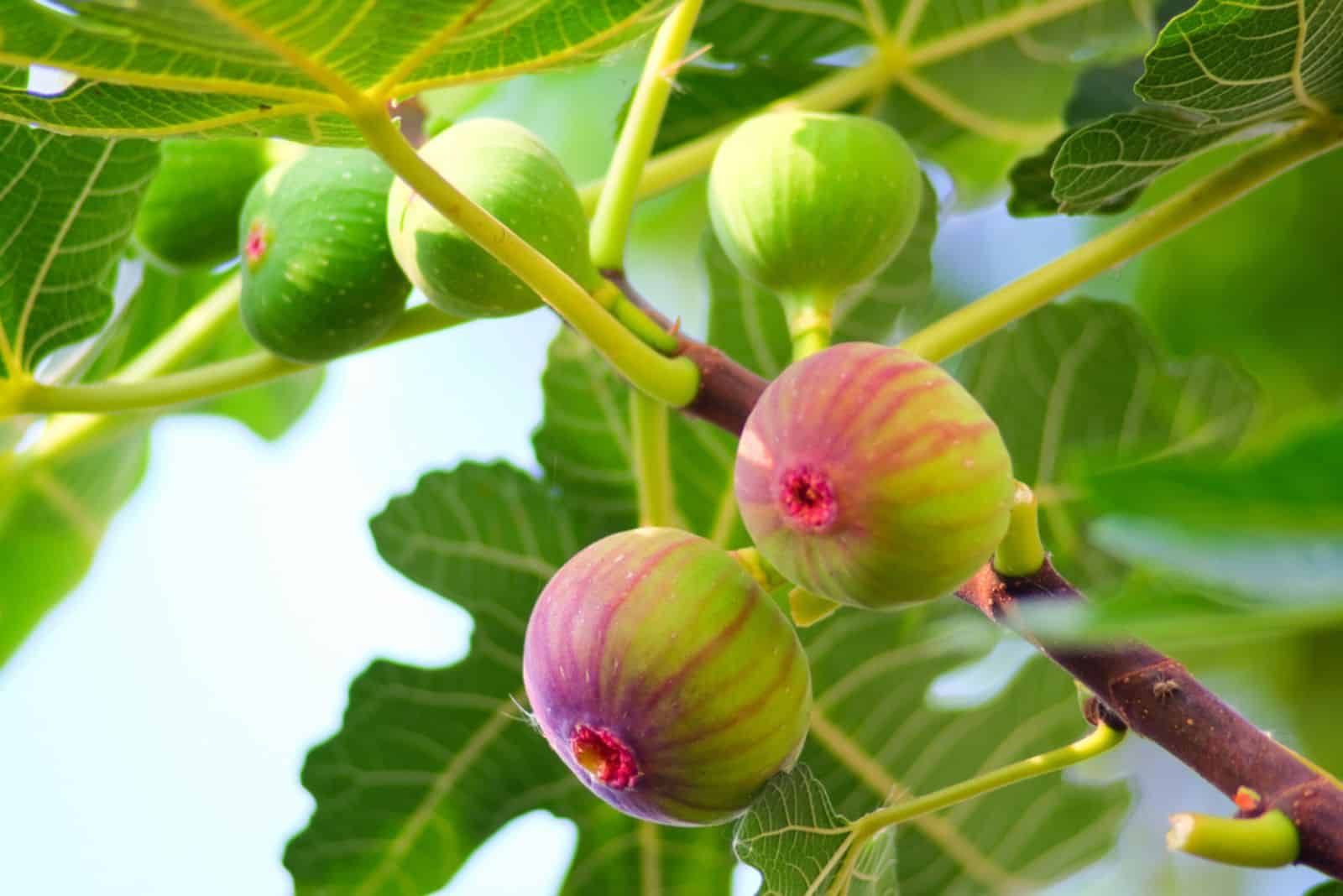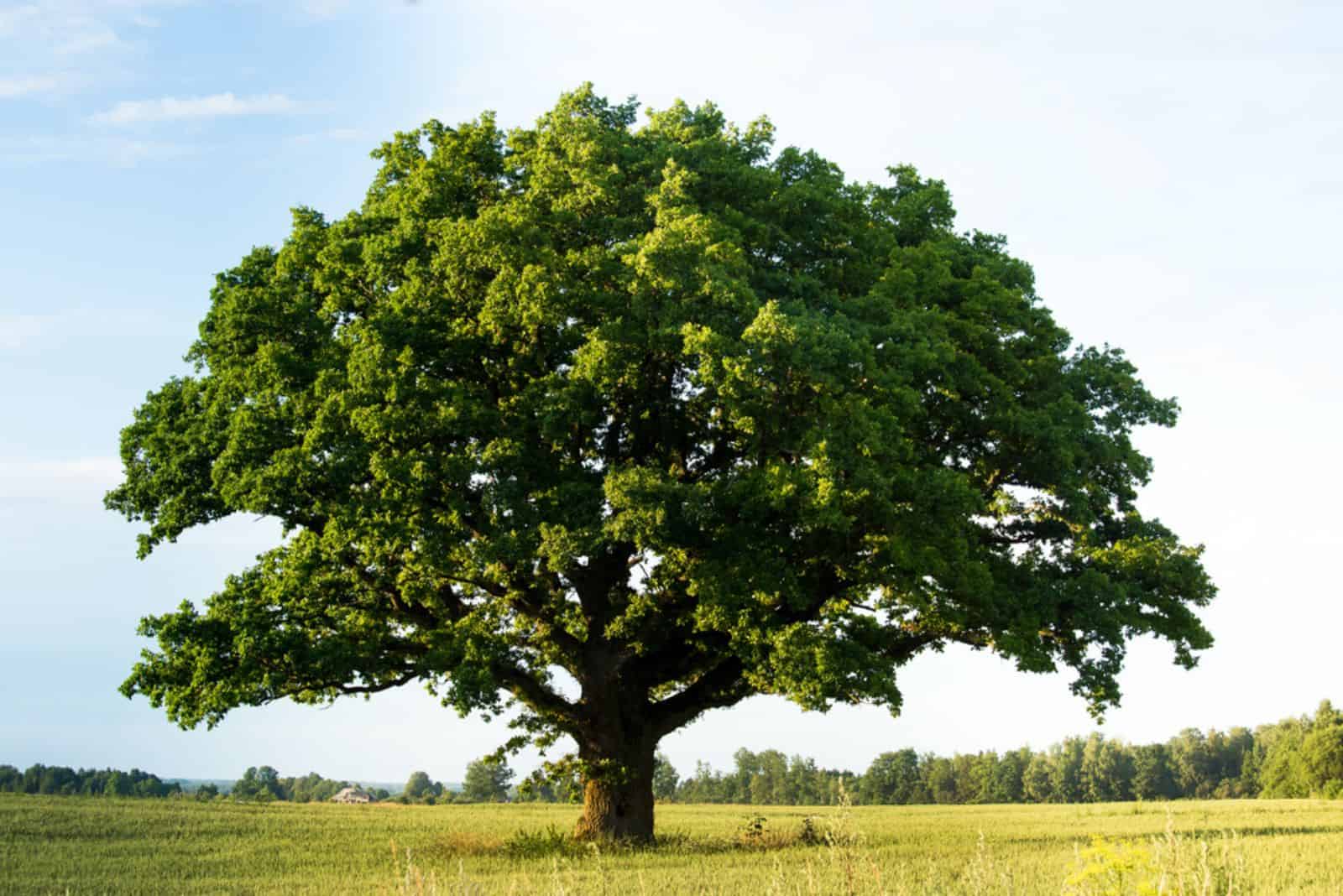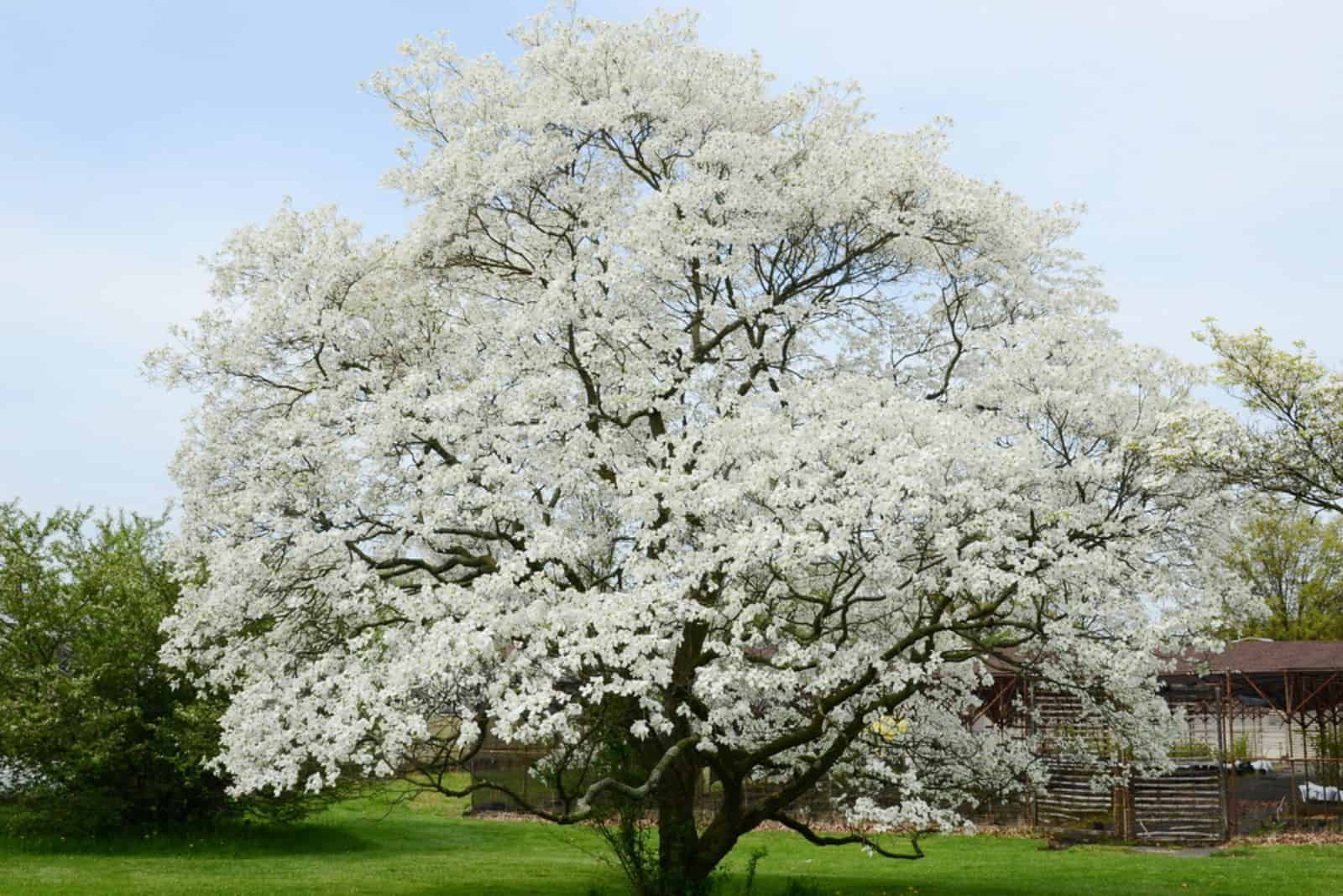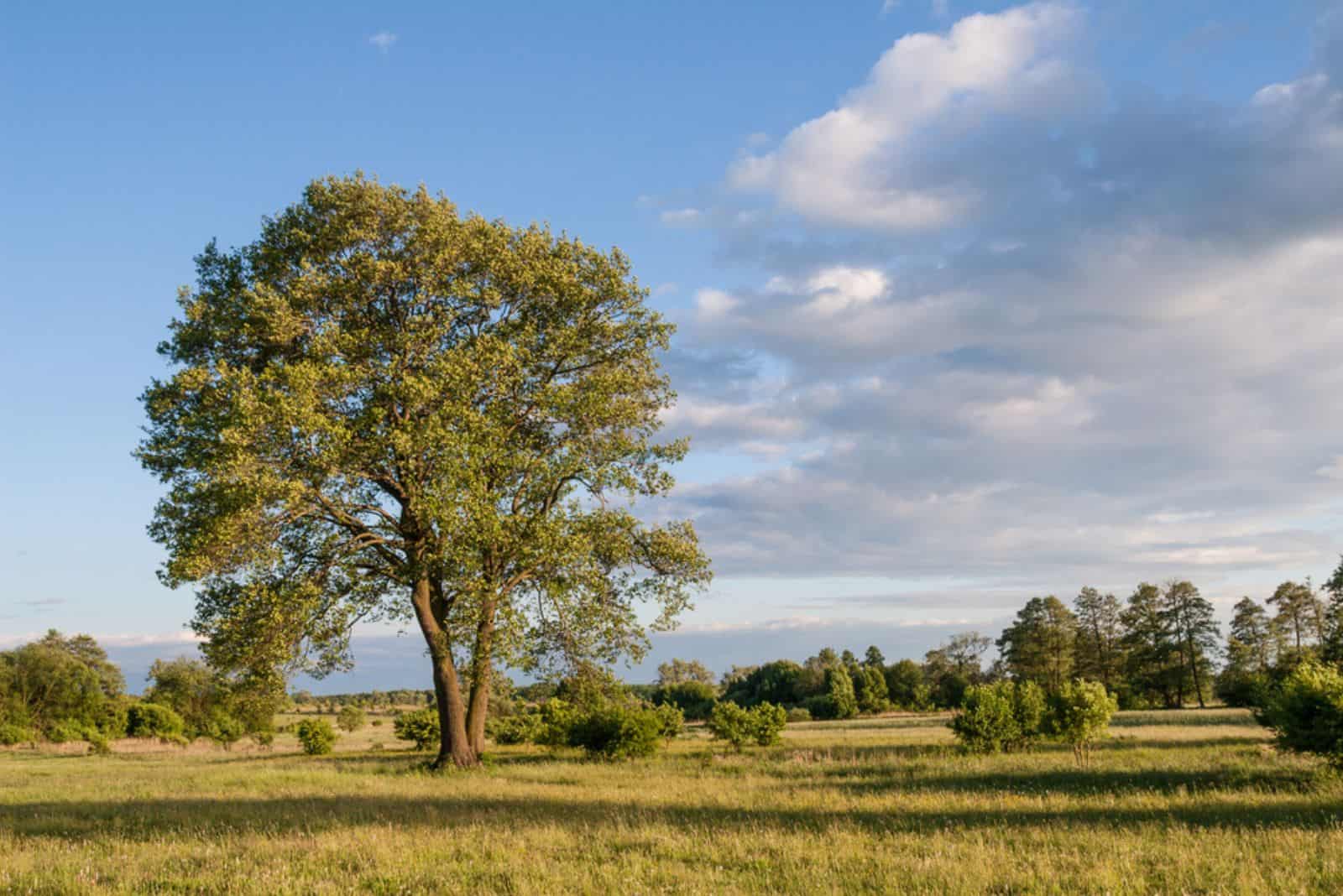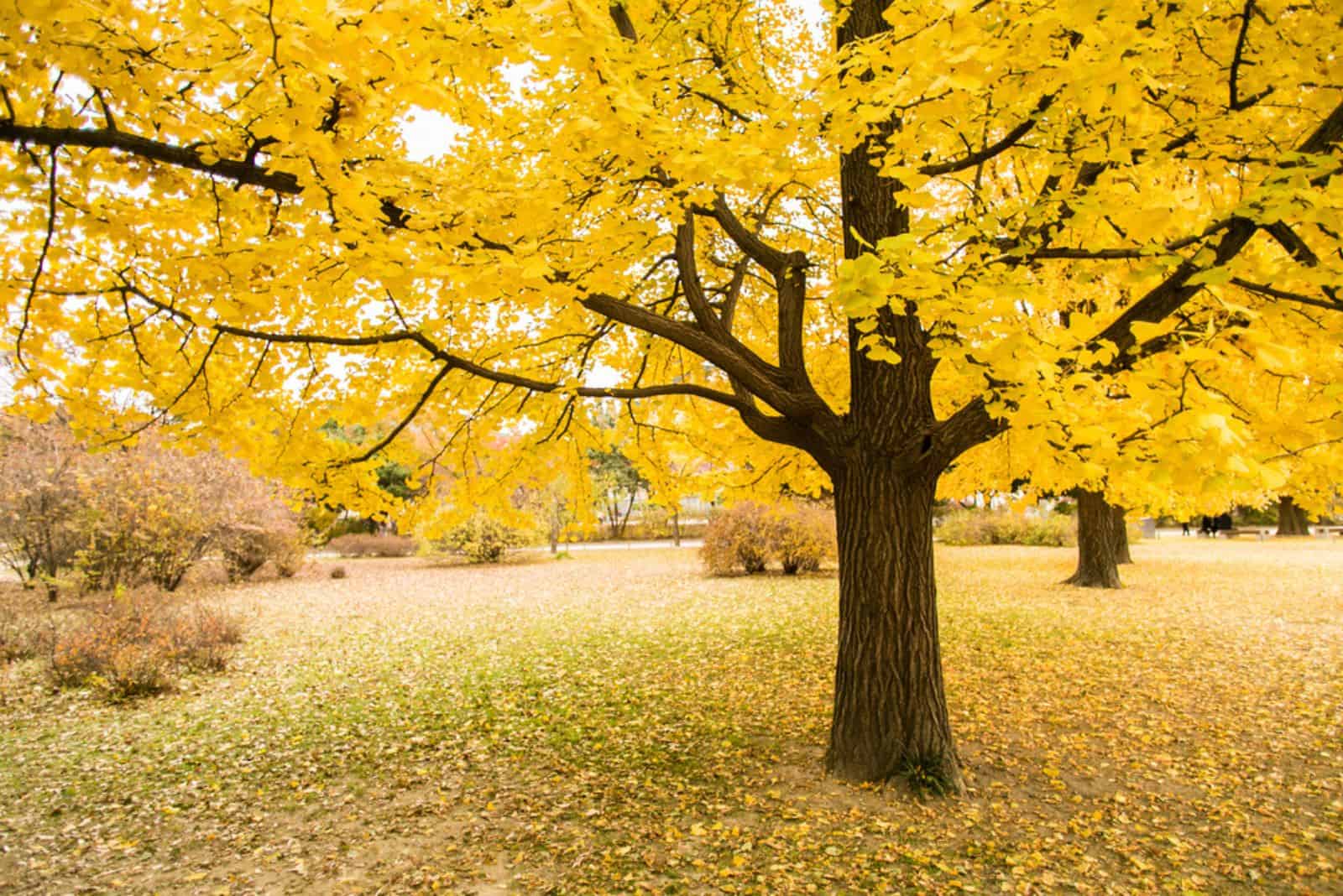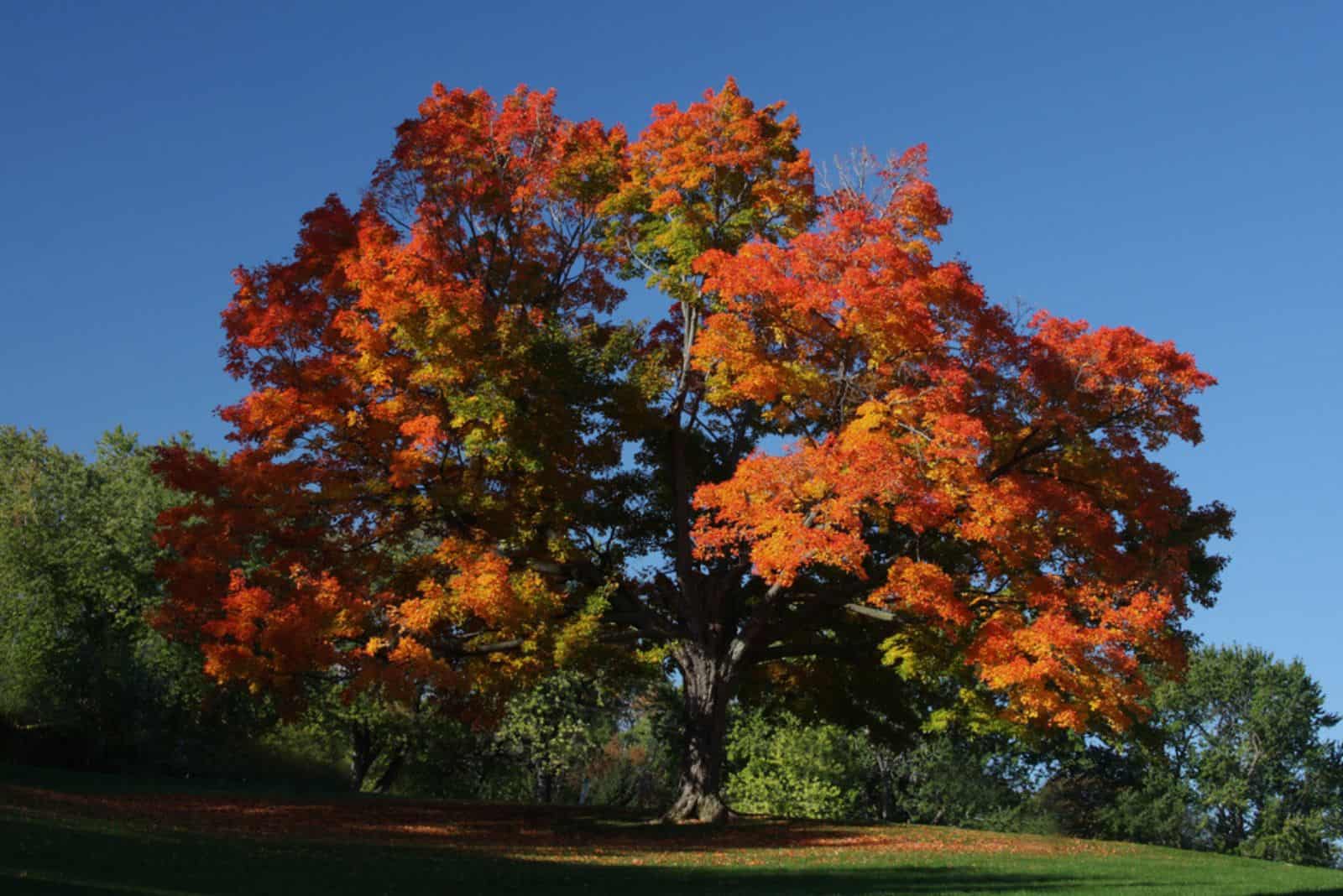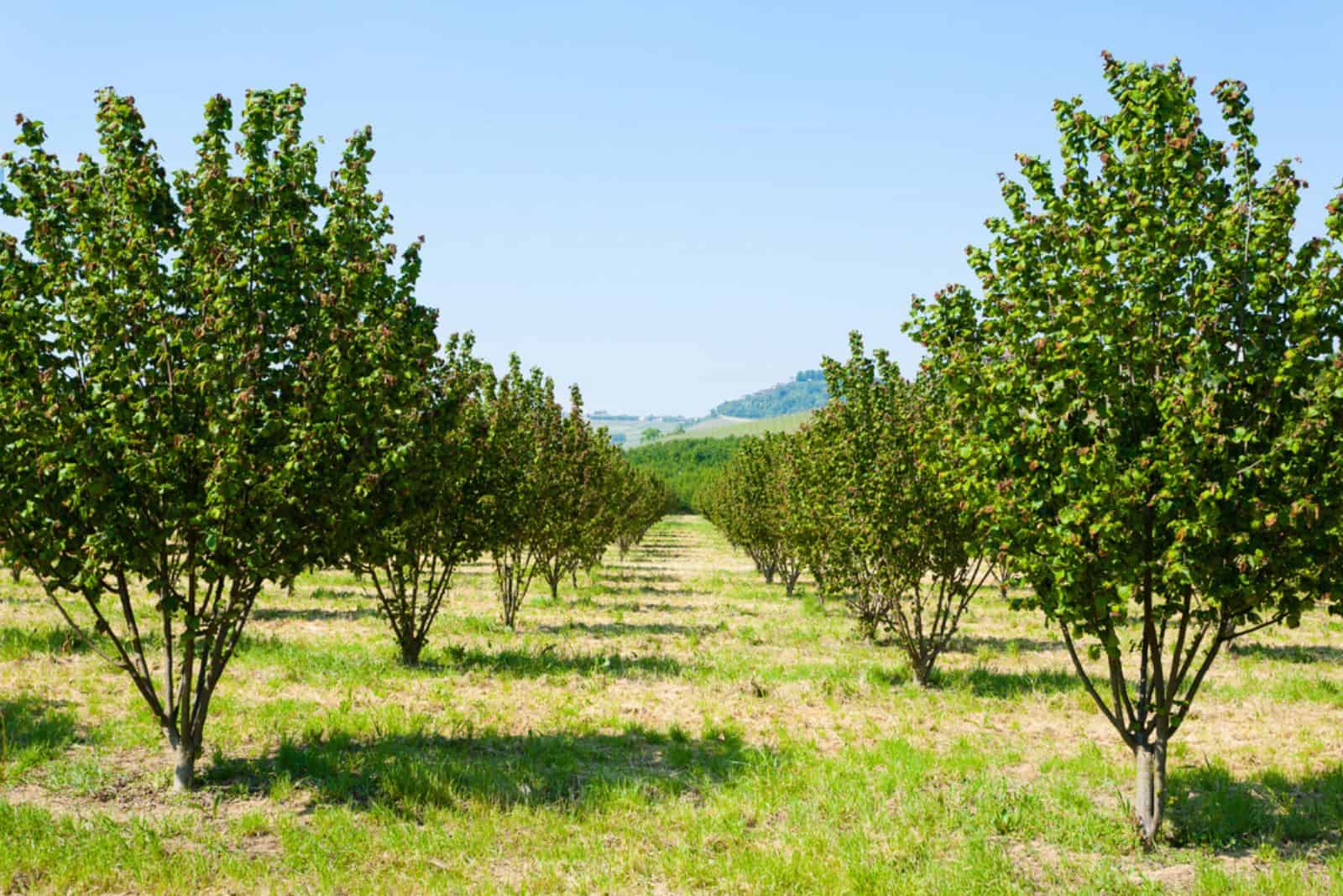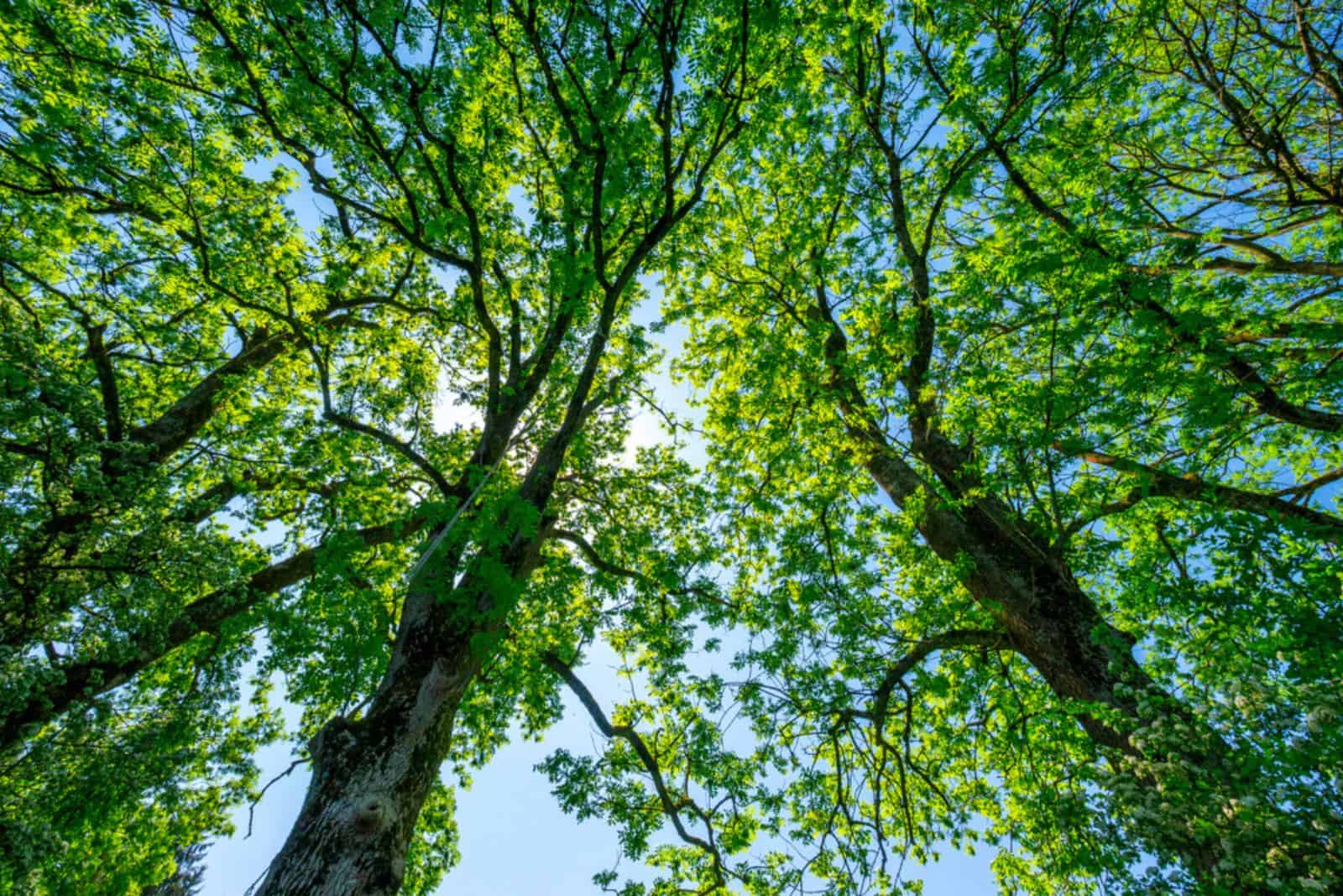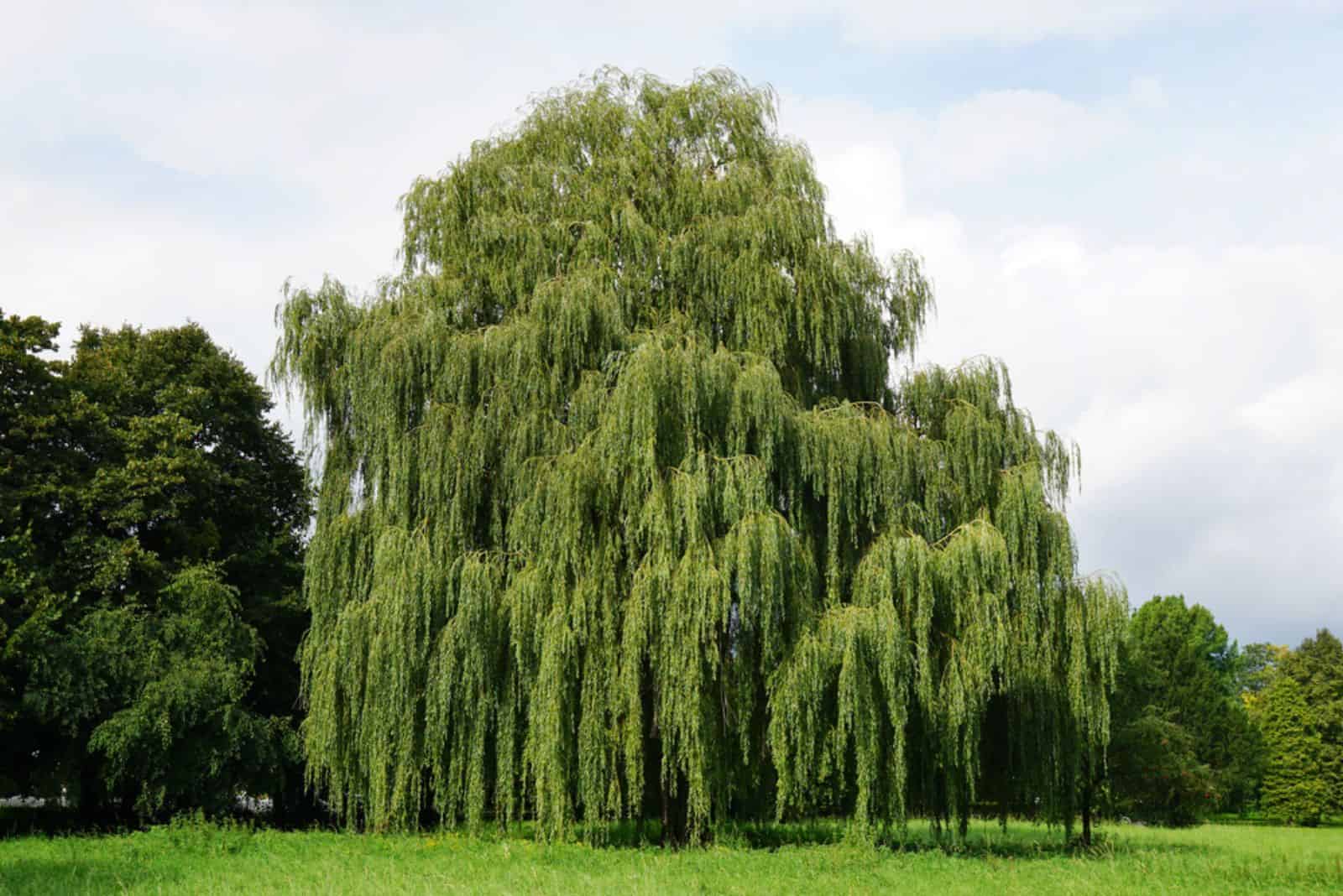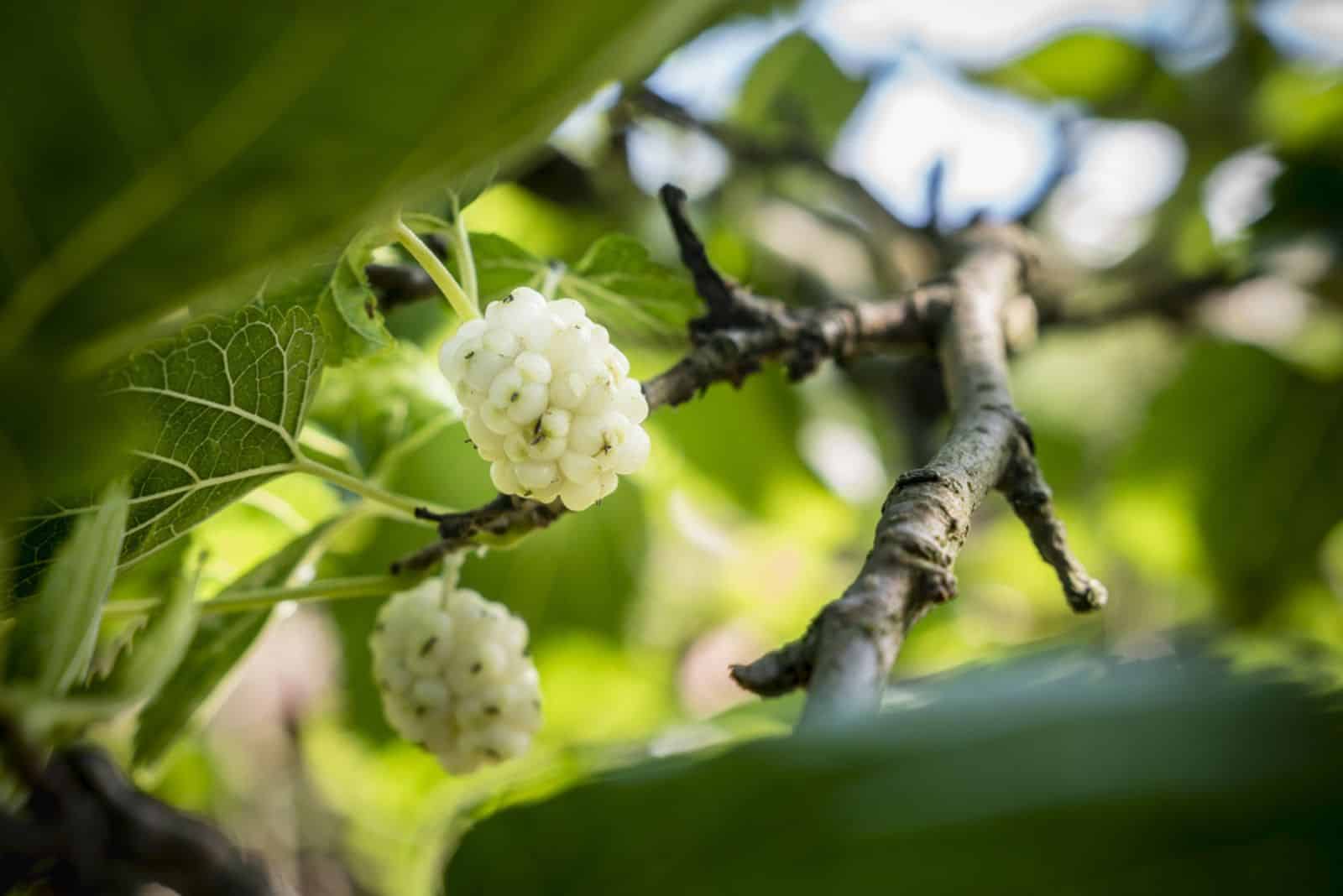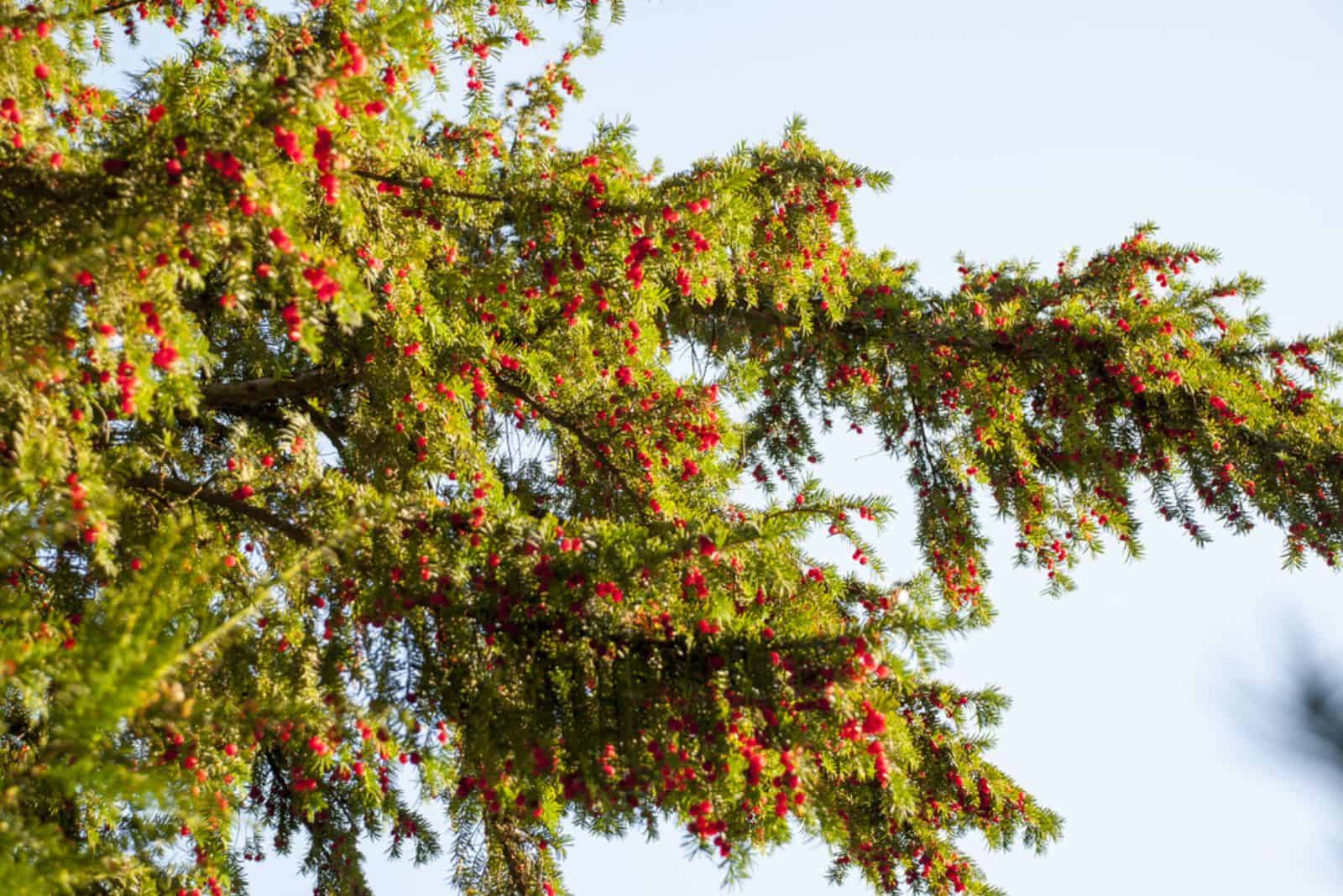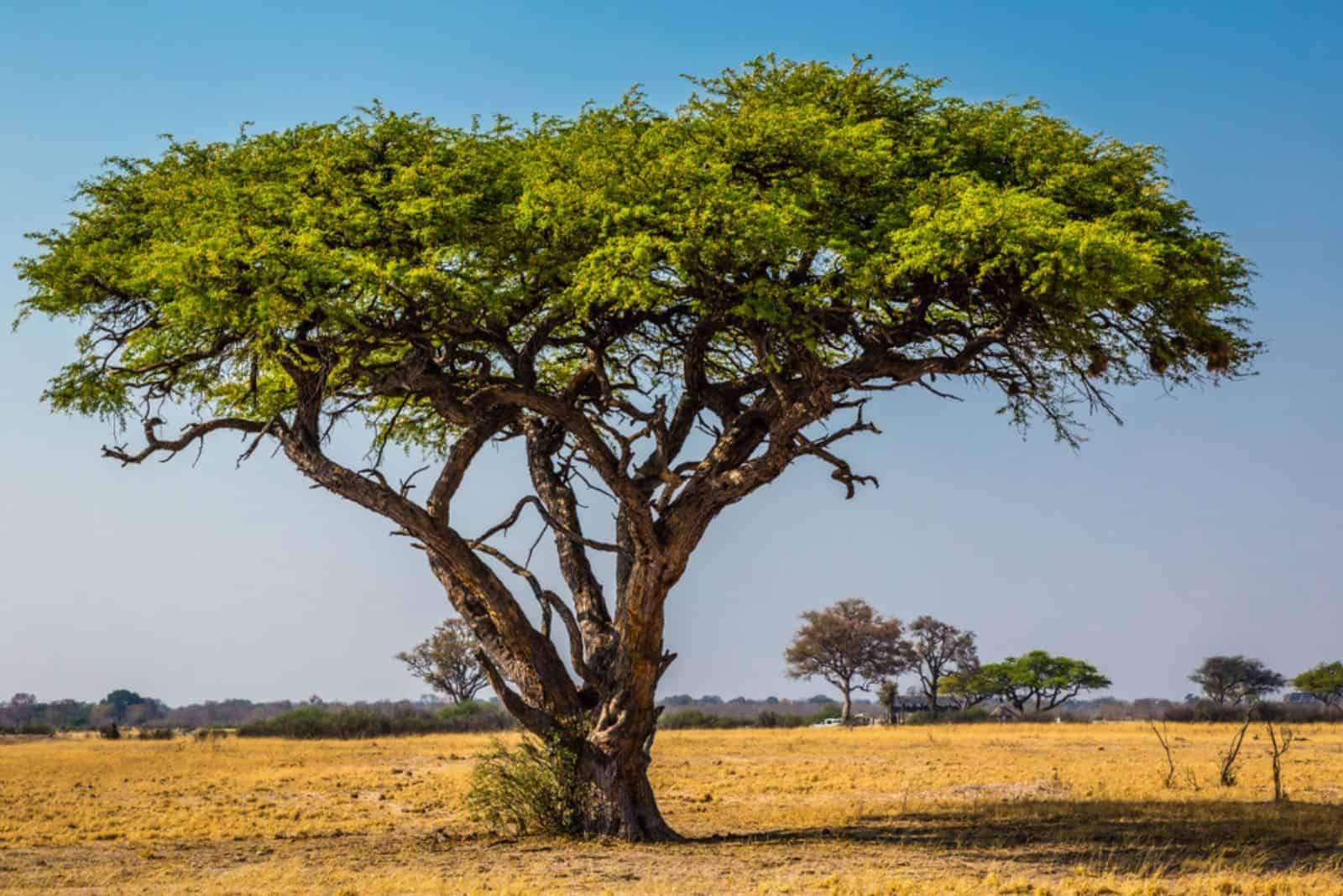Those looking for inner peace often find the answer in nature. The human race will never fully understand it, and we’ll always be enchanted by its beauty and mysticism.
Trees are the largest plant species, and nothing can replace them. They offer us shelter, provide us with food and oxygen, and play a major role in soil stability.
Apart from their physical attributes and benefits, trees can be connected to spirituality. They’ve been used in various cultures, religions, and traditions all around the world.
In this article, we’ll explore 25 spiritual trees, what they represent, and their cultural or religious significance.
Let’s get started!
1. Juniper Tree
This tree was considered sacred and was used in many rituals and ceremonies all around the world. It was of great value to Christians and pagans, who used juniper to purify people and protect them from the evil spirit.
Generally speaking, this tree represented new beginnings and hope to people going through tough times. We’ve all experienced downfalls and suffering, but we should always remember that the future brings new opportunities.
However, juniper didn’t have positive connotations in all cultures. For instance, in Celtic traditions, it was believed that if you cut the tree, you wouldn’t live more than a year after you did.
2. Holly Tree
This tree is seen as an everlasting reminder that we are strong and can achieve anything we want as long as we don’t give up.
This tree is evergreen, which means it won’t change its color, even during winter. Holly represents hope for us to continue no matter how tough life is at the moment.
It was seen as a Holly King by the Celtic people, and its queen was English ivy. To portray how nature worked together to produce new life, boys were dressed in holly, whereas girls wore ivy during the winter solstice.
For Romans, the winter solstice was honored on December 25th. With the expansion of
Christianity, holly got a new name, “Christ’s Thorn,” because of its thorny leaves.
Nowadays, it’s hard to imagine Christmas decorations without this tree, and there’s a constant battle between holly vs. mistletoe.
3. Magnolia
Even though each flower color of the magnolia tree has its own beautiful meaning, white stands out, especially in Chinese tradition. It represents nobility and purity and is also a part of their traditional medicine and is used for better sleep.
This importance of magnolia is similar for Japanese people, but for them, it also symbolizes love for nature.
Here’s a video with more meanings for magnolias:
4. Elm Tree
Ogham alphabet (1) comprises 20 sacred trees, one of which is the elm. It stands for creativity, sensitivity, and empathy. Additionally, this tree is related to leadership qualities and gaining respect from others.
Since creativity, sensitivity, or empathy aren’t visible, you become more mentally aware while thinking of these emotions.
Elm is also used by people who perform rituals to defend themselves from evil spirits.
5. Palm Tree
These trees have their parts in different religions, such as Christianity, Buddhism, and Hinduism. They symbolize serenity, victory, and rest. When Jesus Christ arrived in Jerusalem, people used palm tree branches to commemorate him.
You’ll find palm tree branches in churches and sanctuaries nowadays. Another meaning of this tree is life and longevity, and it reminds Christians that Jesus is the King Of Kings.
In Buddhism, manuscripts were written on the leaves of palms, and these trees have a high value to them. (2)
6. Cypress Tree
For some, this tree represents both eternity and life and stands for longevity and strength. You can find it in several traditions, and it is linked to the goddess of rebirth and death.
In some cultures, the cypress tree is linked to the underworld and stands for death and rebirth.
For the Ancient Greeks, the tree was linked to the goddess of death, Hecate. It stood for death and mourning and also rebirth and hope.
7. Crabapple
This tree was mainly used in the Celtic world as a symbol of fruitfulness and occasionally a path to immortality.
Druids commonly used crabapple and yew to construct their wands.
These trees have a long history of being linked to marriage and love. They were used to determine if your love for someone is true. The pips were tossed in a fire, while the one who is seeking an answer should say the name of their beloved. If the pips exploded, their love was true.
8. Aspen Tree
When it comes to the aspen tree, it is thought to represent rebirth and telepathic contact with dead people.
Many cultures and traditions link this tree to language, family, and the eradication of fear. If we are afraid of something, the magical properties of this tree will help us conquer it.
The tree also reminds us of the importance of setting boundaries in every possible aspect.
If you are lucky enough to find yourself near an aspen tree when the wind is blowing, listen to it carefully, as it can help you reestablish contact with your ancestors.
9. Cinnamon Tree
This tree has a lot of positive meanings, such as good luck, health, wealth, love, and spirituality.
There are a couple of ways to activate the power of cinnamon. For instance, you can use a stick of cinnamon as a lucky charm and take it everywhere with you to attract wealth.
You also crush the sticks and some cloves and add them to a cup of water. This spray is beneficial if applied in every corner of the home. It will attract wealth and health while protecting you from evil spirits.
There’s one ritual related to blowing cinnamon to attract success and positivity. Mix some cinnamon powder with sea salt and blow it in the direction you want to attract positive vibes.
10. Fig Tree
The symbolism and spirituality of fig trees date back to the Garden of Eden, where according to the Bible, it was one of the two planted trees, and Adam and Eve used it for clothing.
In Christianity, it’s believed that Jesus Christ cursed the tree and, in that way, depicted the power of faith.
This tree is also of great importance to Buddhists. They believe Buddha was sitting under the tree and experienced enlightenment after 12 years.
In Hinduism, Vishnu is born under the tree, making it holy for people who follow this religion.
Wisdom, knowledge, wealth, and fertility are all spiritual meanings of the fig tree.
11. Oak Tree
I assume you’ve heard of the oak tree being referred to as The King of Trees. We find this tree in European traditions because it was sacred to some gods, such as Zeus, Thor, and Jupiter.
Druids and Galatian tribes gathered in oak forests and sanctuaries, meaning that the tree represents community and religious integrity.
The Celts saw the tree as a symbol of safety, truth, and bravery. No matter how hard times are, humans can conquer anything and should be kind even towards their enemies.
12. Pine Tree
Growth, purification, and longevity are just some spiritual meanings of the pine tree. Since it can survive in extreme conditions, it reminds us that no matter how bad life treats us, we have enough strength to move on and never stop growing.
This tree is evergreen, and its needles never lose their color, so we can connect it with evolving even in the face of the biggest challenges.
The strong scent of the tree can clean our minds, which is why it’s often used in rituals for healing and getting rid of negative energy.
13. Dogwood Tree
These trees are frequently seen in backyards and are primarily grown for their stunning blossoms. But did you know that Cherokee Princess dogwood and all other dogwood trees can protect you from evil spirits and attract many positive things into your home?
It is believed that meditation on the power of this tree enhances the healing process and represents a symbol of hope for all experiencing pain.
We all make mistakes, but regret shouldn’t be the way of living in the future. The dogwood tree reminds us that we should move on and learn from our mistakes.
14. Alder Tree
This tree can be seen in mythology, such as Greek and Irish. It protects us from evil and reminds us that we are brave, strong, and confident.
For the Celts, the tree was used by those who wanted to communicate with people who had passed away.
In Norse mythology, these trees are the first to reappear after a fire. This is one of the reasons why people at the time were afraid to plant the tree in their yards because they thought it could attract fire. Some believed that witches crafted flutes using the alder tree to call on the North Wind.
For Christians, the tree was seen as a symbol of mourning because it flourished near graveyards.
These trees were planted near rivers and banks to prevent flooding.
It can be said that the alder tree represents rebirth, safety, and spirituality.
15. Gingko Tree
Now, I would like to share more about the living fossil among the trees, otherwise known as the ginkgo tree. It has been around for a million years and has never changed, so it has become a symbol of longevity. Additionally, it represents strength and endurance to the Chinese people, as China is the home of this tree.
For the Chinese, the leaves of this tree can aid spiritual cleansing. This is the main reason why some feng shui experts recommend ginkgo trees to remove negative energy.
It also symbolizes peace and hope in some cultures, such as the Japanese.
It’s frequently used as an ornamental plant, but it has been proven that it has many medicinal benefits. (3)
16. Cedar Tree
This is a tree you’ll frequently find on the entries to the sacred temples. Additionally, some rituals intended for purification include burning the tree.
The cedar tree is a tall plant that can survive in harsh conditions. It represents safety and cleansing, but it is also often used in rituals intended for fertility because it’s linked to the fire element.
If you have any negative thoughts, the power of the cedar tree will help you get rid of them. If you use the tree’s powers, you’ll experience a great change and become more positive.
17. Maple Tree
Many people have heard of the spiritual benefits of this particular tree. It’s seen as a symbol of fertility and wealth, and if you carry branches of the maple tree with you, you’ll attract good luck.
It can connect us with nature and help us understand how strong we are. As a result, we’ll be able to gain the power to comprehend the unknowable.
It also stands for longevity, as well as balance, love, and hope.
18. Hazel
The spiritual meaning of hazel is mainly related to knowledge. Interestingly, this tree species won’t produce any fruit until it’s 9 years old. As you may know, the Muses see the number 9 as something sacred.
The time Odin spent hanging upside from this tree was 9 days, and within this period, he learned the meaning of the runes.
You may have heard of the story about Connla’s Well. It was a lovely fountain with nine hazels of poetic wisdom hanging over the water. It could simultaneously produce nuts and blossoms, which can be seen as wisdom and beauty.
The fish would eat the nuts that fell into the fountain. These fish are thought to be a source of all knowledge in art and science. Hazel could be seen during rituals performed by the Druids to summon the Salmon of Wisdom.
19. Ash
The Tree of Life – this was the term Norsemen used to describe the ash tree. It was thought that the world of gods and men was hidden in the branches of this tree.
The spiritual meaning of this tree is energy, expression, and the power of each word that comes out of our mouths. It can cure us of loneliness and connect us to gods and all those who’ve passed away.
The tree is also related to cleansing, annihilation, and rebirth.
20. Willow Tree
You’ll find willow trees in Christianity, Native American culture, European and Celtic culture, and Ancient Greek mythology.
The tree is mentioned in Ezekiel 17:5 in the verse, “He placed it beside a broad river,
where it could grow like a willow tree” (4). This refers to the tree’s associations with rebirth and life.
In Native American culture, the tree is thought to bring good luck, and the branches were utilized for tying boats. It was also seen as a protection of the Great Spirit.
Have you ever seen or heard of someone knocking on wood to attract good luck? The story originates in Celtic culture, and the willow trunk was the best tree for this purpose.
When listening to the sound of the wind in the willow tree, the Celts thought of elves who were talking to each other.
21. White Mulberry
This is another tree mentioned in the Bible, particularly in Luke 17:6. “If you have faith the size of a mustard seed, you can say to this mulberry tree, ‘Be uprooted and planted in the sea,’ and it will obey you.” (5)
The verse alludes to the power of faith, i.e., no matter how small the seed is, it can accomplish a lot as long as you have faith.
According to Chinese legend, the three-legged Sun Bird lived in this tree, and it is thought that the tree connects Earth and eastern heaven.
In Japanese culture, the leaves of this tree were found in family emblems and strung prayers from these revered trees.
Therefore, the tree stands for care, generosity, and encouragement.
22. Baobab
What the ash tree was to Norsemen, the baobab was to African people. The tree represents our long-held aims or desires we’ve accomplished.
We’ll encounter many obstacles while trying to reach our goals, but remember, they’ll make us wiser and stronger. We gain a different perspective on life and how we can (and should) share knowledge and love with others.
I know it would be amazing if we could reach our goals without facing any obstacles, but the reward wouldn’t be the same in the spiritual sense.
23. Yew
These trees have a long life span, which is why some connect them to eternal life and rebirth.
The yew tree can survive the harshest conditions, which can teach us that we should try to adapt and consequently endure all difficulties life has given us.
It can also change shape with time, reminding us of the transformation process. It represents tenacity and achievement despite tremendous odds.
24. Silver Birch
The silver birch represents fresh beginnings and exploration and reminds us how innocent and wondrous we were as children.
We should observe life from the point of view of a child, i.e., carefree and curious. You have enough time to grow, heal, and discover yourself.
25. Acacia
Acacia has numerous interpretations, most of which are connected to rebirth, strength, and purity.
It’s an evergreen tree and was often used in rituals and funeral services. We can be dead physically, but it’s our soul that lives forever. Hebrews even planted a tree at the top of burials.
Spiritual enlightenment is linked to the yellow blossoms of the acacia tree, whereas purple blossoms stand for ambition and status.
Wrapping Up
Nothing can inspire us more than nature and its wonders. Spirituality can be observed through the largest plants on earth, trees.
Trees have different symbolic meanings throughout the world and are used in different religions, cultures, and traditions.
You’ve read of 25 beautiful spiritual trees and what they mean in the world, and I’m sure you’ve found your favorite.
One thing is certain: we should be in symbiosis with nature and see trees as something we should take good care of. Remember, plants were here before us!
Until next time!
References
1. The Ogham Alphabet. (n.d.). https://ogham.ie/history/ogham-alphabet/
2. Hewamanage, Wimal. (2022). Heritage of Palm-Leaf in Sri Lankan Buddhist Culture.
3. Isah, T. (2015). Rethinking Ginkgo biloba L.: Medicinal uses and conservation. Pharmacognosy Reviews
4. Ezekiel 17 BSB. (n.d.). https://biblehub.com/bsb/ezekiel/17.htm
5. Luke 17 BSB. (n.d.). https://biblehub.com/bsb/luke/17.htm

